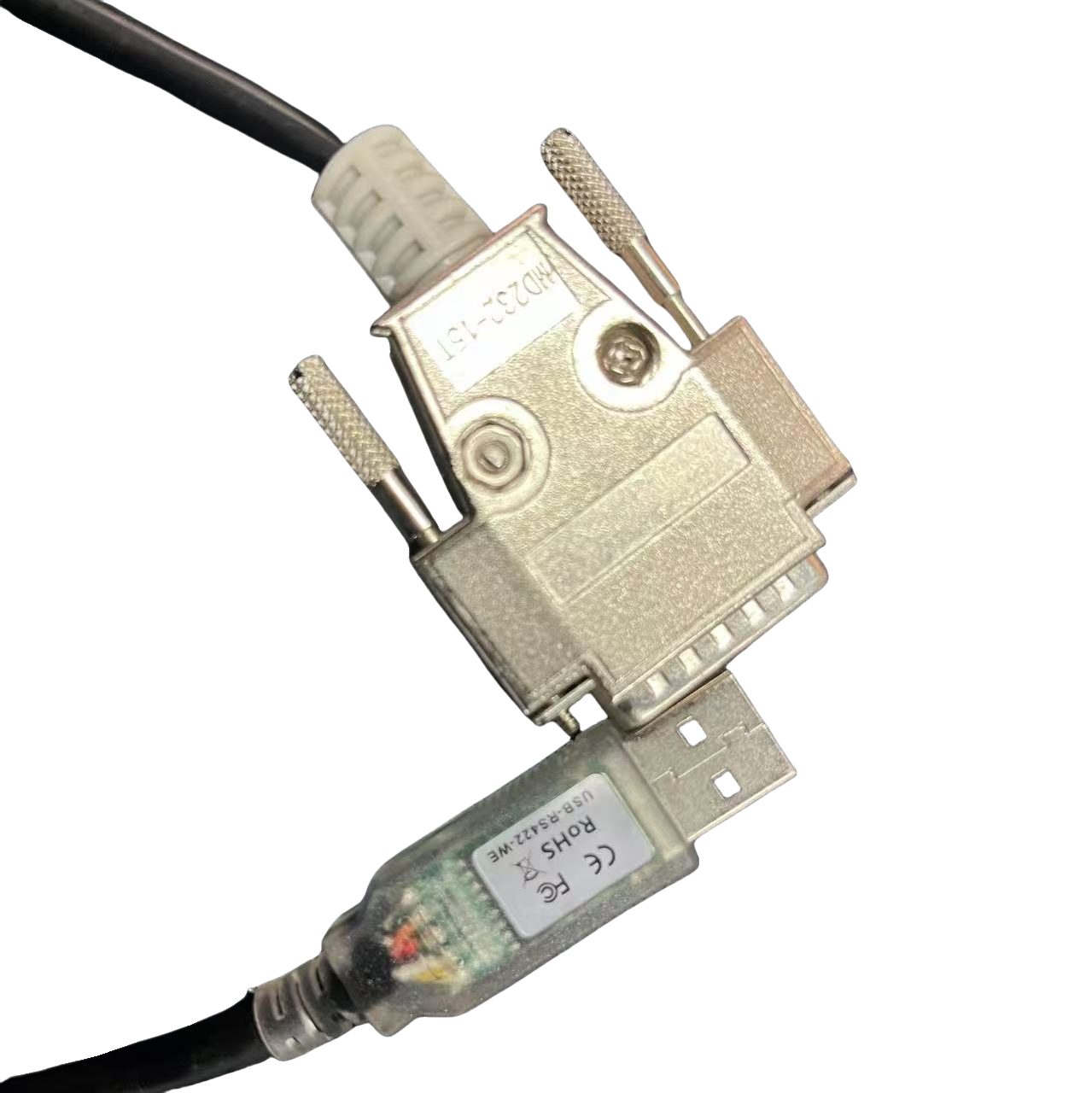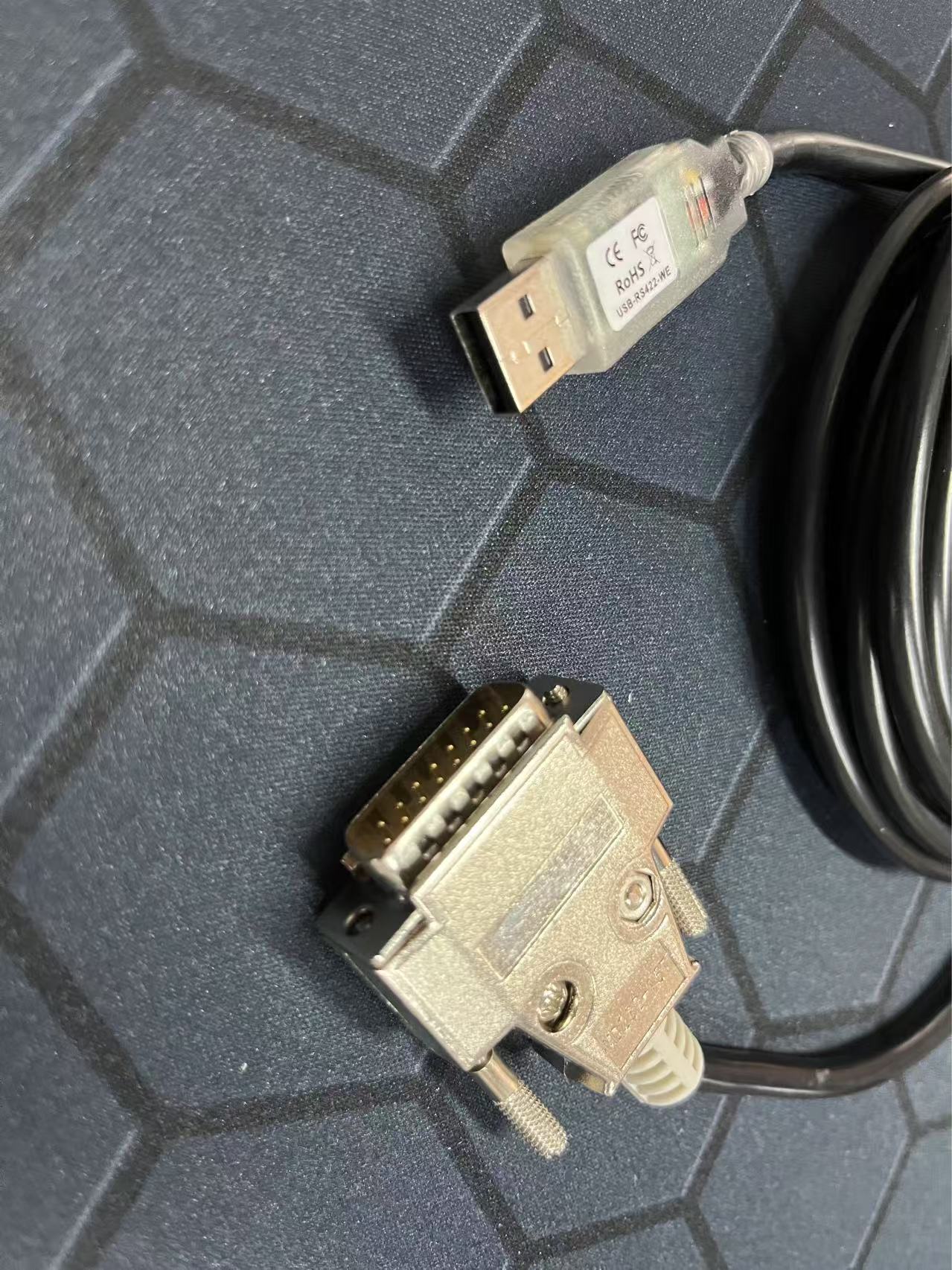Views: 0 Author: Site Editor Publish Time: 2025-07-11 Origin: Site








Have you ever been frustrated by the absence of a serial port on your modern computer, only to realize that the device you're trying to connect relies on one? It's a common problem in today's tech landscape, where USB has replaced many older connection types. But don’t worry—USB to RS232 adapters are here to solve the problem.
In this post, we will explore the world of USB to RS232 adapters and explain how they work, their significance, and how you can use them effectively in your business and industrial applications. Additionally, we will dive into the world of USB to RS422 adapters, discussing their advantages and the need for them in certain industries. These adapters, while similar in function, cater to different types of communication needs. By the end of this article, you'll have a clear understanding of what USB to RS232 and USB to RS422 adapters are, how they work, and how they can benefit your operations.
A USB to RS232 adapter is a small electronic device that converts a USB signal into the RS232 serial signal format. This allows you to connect modern computers (which usually lack serial ports) with older serial devices, such as printers, GPS systems, or industrial machinery. The adapter essentially acts as a bridge between two incompatible systems, making it possible for them to communicate efficiently.
Ease of Use: USB to RS232 adapters are designed for plug-and-play functionality, meaning you can simply connect the adapter to your computer’s USB port and start using it. The operating system will automatically create a virtual COM port for seamless communication with the connected device.
Versatility: These adapters support multiple serial communication standards, including RS232, RS485, and RS422, providing broad compatibility across various industrial and consumer devices. This versatility makes them an essential tool for modern businesses that need to interface with older technologies.
Compact and Portable: USB to RS232 adapters are typically compact and easy to transport. Whether you’re at a job site, in the field, or at the office, these adapters provide a portable and practical solution for connecting serial devices to your computer.
The basic operation of a USB to RS232 adapter is simple. The device contains an internal chip that converts the USB data signal into an RS232 format that legacy devices can understand. Here's how the process works:
Driver Installation: Before the adapter can function, you must install the appropriate drivers on your computer. Most modern operating systems will automatically detect and install these drivers, but you may need to download them from the manufacturer’s website if necessary.
Connection: Once the drivers are installed, you can connect the adapter to your computer’s USB port. The adapter will create a virtual COM port on your system, allowing software applications to communicate with the connected serial device.
Data Conversion: The adapter then converts the USB signal into an RS232 serial signal. This enables two-way communication between your computer and the connected serial device, whether it’s for sending data, receiving signals, or both.

With the growing prevalence of USB ports and the decline of legacy serial ports, a USB to RS232 adapter has become an essential tool for maintaining compatibility with older equipment. Many industries still rely on RS232 devices for critical operations, and without an adapter, it would be nearly impossible to interface modern systems with these legacy devices.
Industrial Automation: Many machines and industrial devices still use RS232 communication, and these adapters are crucial for maintaining control and monitoring of these devices from a modern computer.
Data Acquisition: Scientific instruments and sensors often utilize RS232 to transmit data, and a USB to RS232 adapter ensures that this data can be easily captured and analyzed on a computer.
Point of Sale (POS) Systems: Many POS systems, especially older ones, rely on serial communication to connect barcode scanners, receipt printers, and other peripherals. A USB to RS232 adapter is essential for connecting these devices to newer computers.
While USB to RS232 adapters are useful for short-distance communication, some applications require higher data rates and longer distances. This is where USB to RS422 adapters come into play.
RS422 is a balanced transmission standard that allows for reliable data communication over longer distances, up to 4000 feet (1200 meters), compared to the limited range of RS232. It also offers faster data transfer rates, which makes it ideal for high-performance applications in industrial and telecommunications environments.
Longer Transmission Distance: RS422 adapters can transmit data over much greater distances than RS232, making them ideal for applications that require communication across large areas, such as factory floors or remote monitoring systems.
Higher Data Transfer Speeds: With RS422, you can achieve faster data transfer rates, up to 10 Mbps, compared to the maximum speed of 115200 bps with RS232. This is crucial for applications that require rapid and continuous data exchange, such as real-time monitoring and control systems.
Better Noise Immunity: RS422 communication is less susceptible to electromagnetic interference (EMI) compared to RS232, making it more reliable in noisy environments such as industrial settings or places with heavy electrical equipment.
Supports Multiple Devices: Unlike RS232, which supports only point-to-point communication, RS422 supports multi-drop configurations. This means multiple devices can share the same communication line, reducing wiring complexity and simplifying system design.
Telecommunications: RS422 is often used for long-distance communication between network devices, ensuring stable data transmission even over great distances.
Industrial Automation: USB to RS422 adapters are essential in industrial systems where multiple devices need to communicate over long distances, such as factory automation and PLC systems.
Data Acquisition Systems: For applications that require the collection of data from sensors or remote equipment, RS422 ensures reliable communication even when devices are spread out over a wide area.

When selecting a USB to RS232 or USB to RS422 adapter, there are several factors to keep in mind to ensure optimal performance:
Ensure that the adapter is compatible with your computer’s operating system (Windows, Mac, or Linux). It’s also important to check that the device you're connecting to supports the RS232 or RS422 protocol.
Different applications require different data transfer speeds. If you’re working with high-speed devices, you may want to opt for an RS422 adapter, as it supports faster data transmission compared to RS232.
RS422 is the best choice if you need to transmit data over long distances or in environments with significant electromagnetic interference (EMI). RS232, while still reliable for shorter distances, may experience signal degradation if used in such environments.
If you need to connect multiple serial devices, consider a multi-port USB to RS232 or RS422 adapter. These adapters allow you to connect several devices using a single USB connection, saving both space and cost.
For harsh industrial environments, look for adapters that are built to withstand high levels of electrical interference and physical stress. Industrial-grade adapters often come with enhanced protection against voltage surges, temperature extremes, and other environmental factors.
Although USB to RS232 and RS422 adapters are generally reliable, issues can arise during setup or use. Here are some common problems and solutions:
If your adapter isn’t working, it may be due to outdated or incompatible drivers. Check the manufacturer’s website for the latest drivers, or use the operating system’s driver update tools.
Incorrect settings, such as baud rate mismatches between the adapter and the connected device, can cause data transfer errors. Ensure that both ends of the communication channel are set to the same parameters.
RS232 may suffer from signal degradation if the distance between devices is too long. In such cases, consider switching to RS422, which provides better signal integrity over long distances.
Sometimes, the virtual COM port created by the adapter might conflict with other devices. Check your device manager to ensure that the port number assigned to the adapter is not being used by another device.
Low-quality adapters may have internal components that wear out over time. If you’re experiencing connection issues, it could be a sign that your adapter has deteriorated, in which case a replacement may be necessary.
USB to RS232 and USB to RS422 adapters are invaluable tools for bridging the gap between modern USB-enabled computers and legacy serial devices. Whether you're looking to connect an older barcode scanner, industrial sensor, or network device, these adapters provide a simple and effective solution. Shenzhen Caratar Technology Co., Ltd offers high-quality adapters that ensure seamless communication and enhanced performance for your business needs. Don’t let outdated technology hold you back—invest in a USB to RS232 or RS422 adapter today.
A: Installation involves downloading and installing the appropriate drivers from the manufacturer’s website. After installation, connect the adapter to the USB port, and the operating system will assign a virtual COM port for use.
A: Yes, USB to RS232 adapters are commonly used to connect industrial equipment, such as PLCs and sensors, to modern computers.
A: RS232 communication typically works over distances of up to 50 feet (15 meters), but the performance may degrade beyond that distance.
A: Yes, RS422 is designed for long-distance communication and can transmit data up to 4000 feet (1200 meters) without significant signal degradation.
A: If you need to transmit data over longer distances or require faster data transfer, an RS422 adapter is a better choice. RS422 is also more reliable in noisy environments.